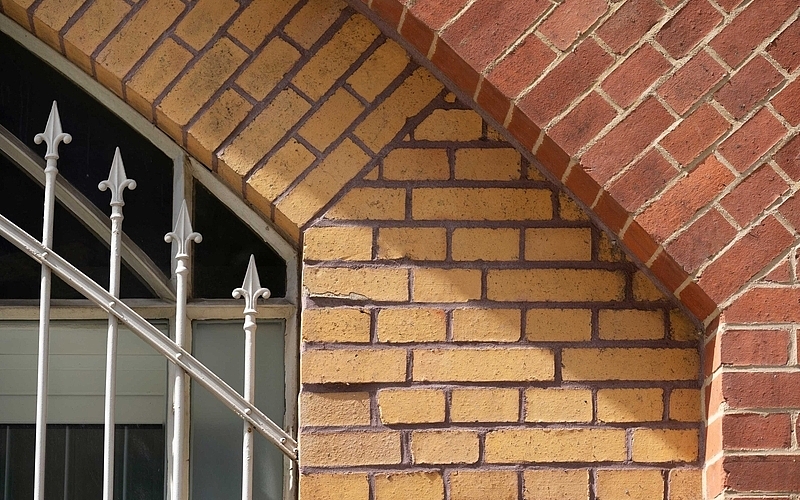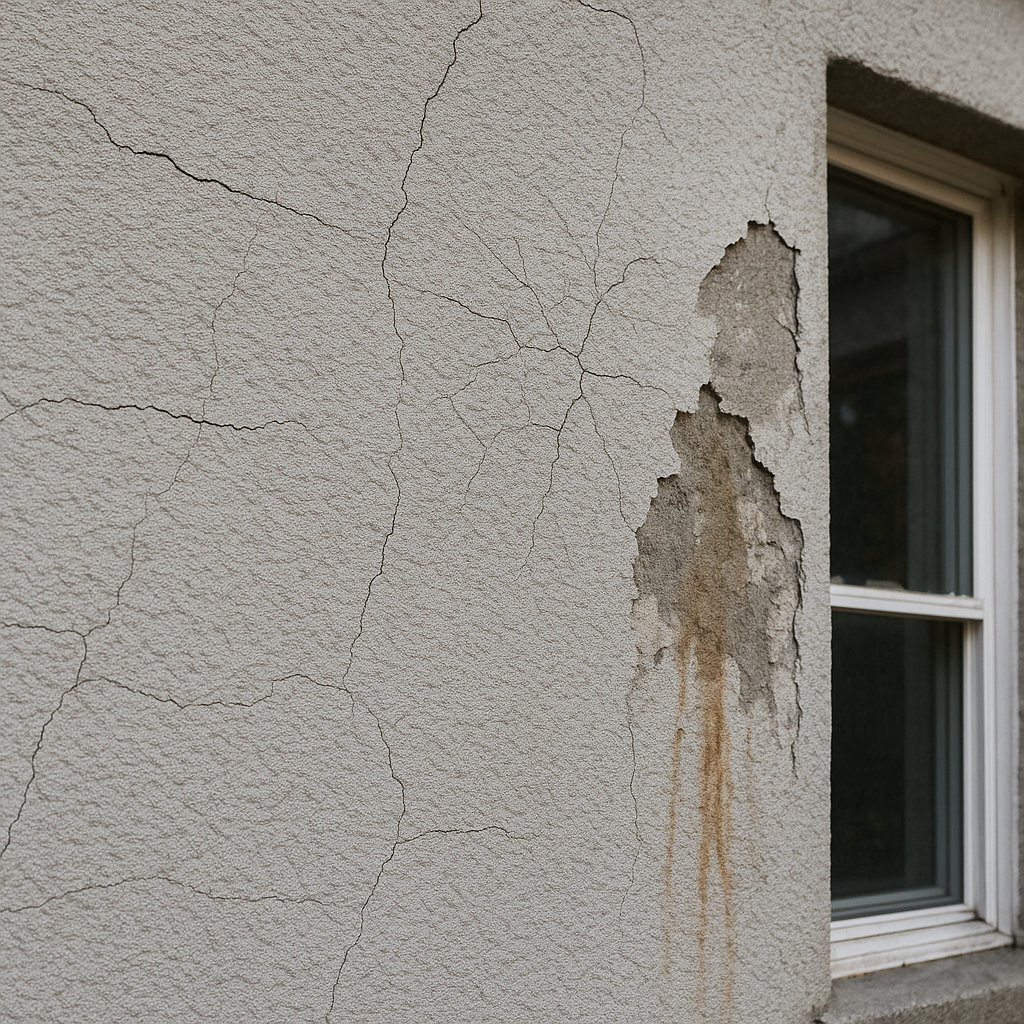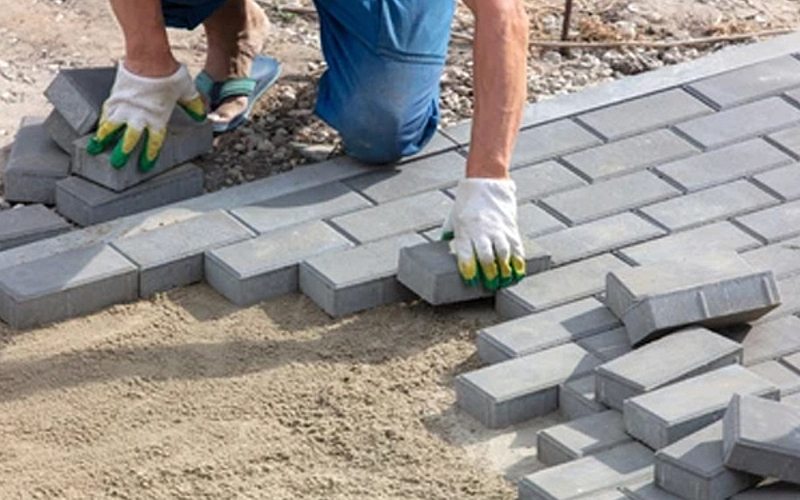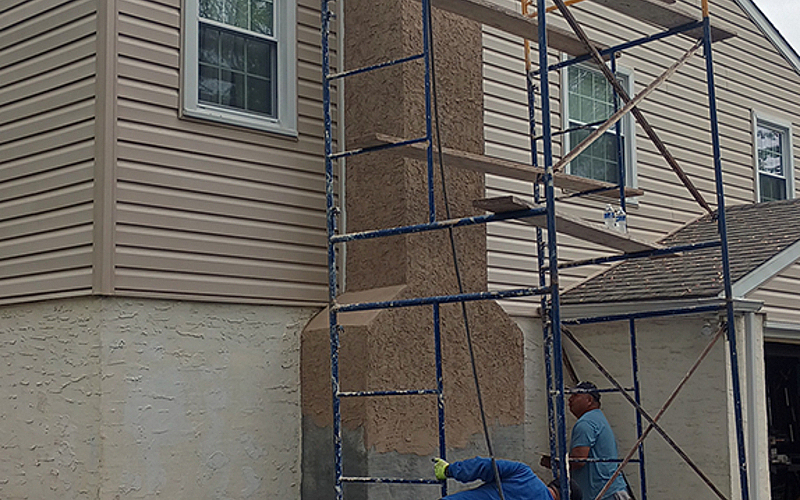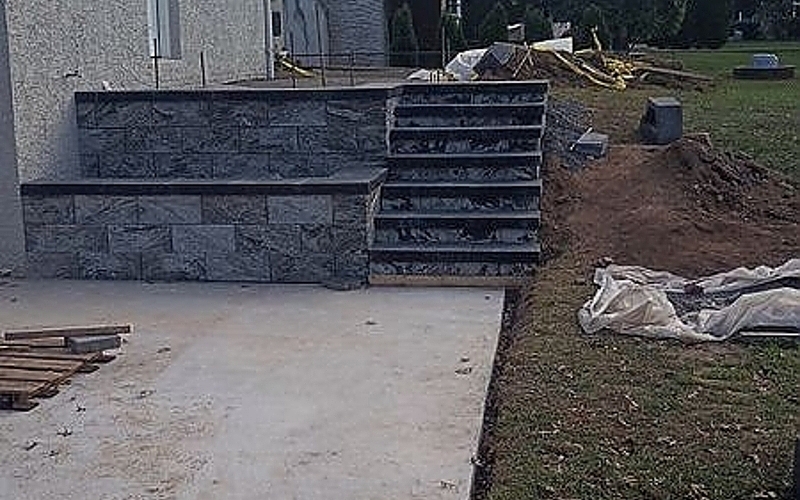5 Common Masonry Problems and Best Solutions to Solve Them
Masonry structures are often lauded for their durability, timeless beauty, and structural integrity. Whether it is a home, office, or a public building, masonry can provide both aesthetic appeal and long-lasting strength. However, despite their resilience, masonry structures are not immune to issues over time. For property owners, understanding common masonry problems is important for maintaining both safety and value. If you are looking for expert assistance, from masonry contractors in Montgomery County, PA, then Carpino Contractors, Inc. is your partner, we offer professional masonry repair services to keep your property in top shape.
In this blog, we share five common masonry issues and the best solutions for tackling them.
1. Cracking and Shifting
One of the most prevalent problems in masonry structures is cracking. Cracks can appear due to a variety of factors, including foundation movement, thermal expansion, or natural aging. While small hairline cracks might seem insignificant, they can worsen over time, leading to structural concerns.
Solution
The best approach for minor cracks is to use masonry fillers or sealants to prevent water infiltration and further damage. For larger or more significant cracks, professional masonry repair by experienced contractors is recommended.
2. Water Damage and Efflorescence
Water can be both a friend and a foe when it comes to masonry. Moisture can seep into the porous surface of bricks or stones, causing damage when it freezes and expands. Efflorescence, a white powdery residue, is often a telltale sign of water infiltration. It occurs when water dissolves salts within the masonry and then evaporates, leaving the salts on the surface.
Solution
Addressing water damage requires thorough cleaning and the application of water-repellent sealers to protect against further moisture intrusion. For efflorescence, a simple scrub with a brush and a mild cleaning solution can remove the residue.
Experienced masonry contractors can provide a detailed assessment and implement waterproofing measures that safeguard the structure.
3. Spalling and Deterioration
Spalling occurs when the outer surface of brick or stone flakes off due to water damage, freeze-thaw cycles, or poor-quality materials. This type of deterioration can compromise the structural strength of a wall or facade and may even pose safety risks if left unchecked.
Solution
Repairing spalling involves removing the damaged sections and replacing them with new, matching materials. The application of a protective sealant after repairs can help prevent future spalling. Consider hiring professionals to conduct a full assessment and ensure that repairs are executed correctly and safely.
4. Tuckpointing Issues
The mortar between bricks or stones, known as points, can erode over time due to weather exposure. Damaged or crumbling mortar affects the aesthetic appeal of the masonry and compromises its structural stability. Tuckpointing, the process of removing old mortar and replacing it with new, is a common repair method.
Solution
Tuckpointing should be carried out by skilled masonry contractors to ensure that the new mortar matches the original in both composition and appearance.
5. Bulging or Bowing Walls
Bulging or bowing walls are serious problems that indicate structural instability. These issues can arise from excessive moisture, foundation settling, or inadequate support during initial construction. Ignoring this issue can lead to more severe consequences, including wall collapse.
Solution
The best way to address bulging or bowing walls is to consult with professional masonry contractors who can evaluate the severity of the issue. Solutions may include reinforcing the wall with steel rods, and anchors, or applying a wall tie system to prevent further movement.
Final Thoughts
Maintaining masonry structures requires vigilance and timely repairs. While minor issues can sometimes be addressed with DIY solutions, more complex problems should always be handled by experienced professionals. If you require expert masonry contractors in Montgomery County, PA, Carpino Contractors, Inc. offers trusted services to ensure your masonry stands the test of time. Call us at 215-355-7549 or 215-240-2507 to learn more or schedule a consultation.
‹ Back



